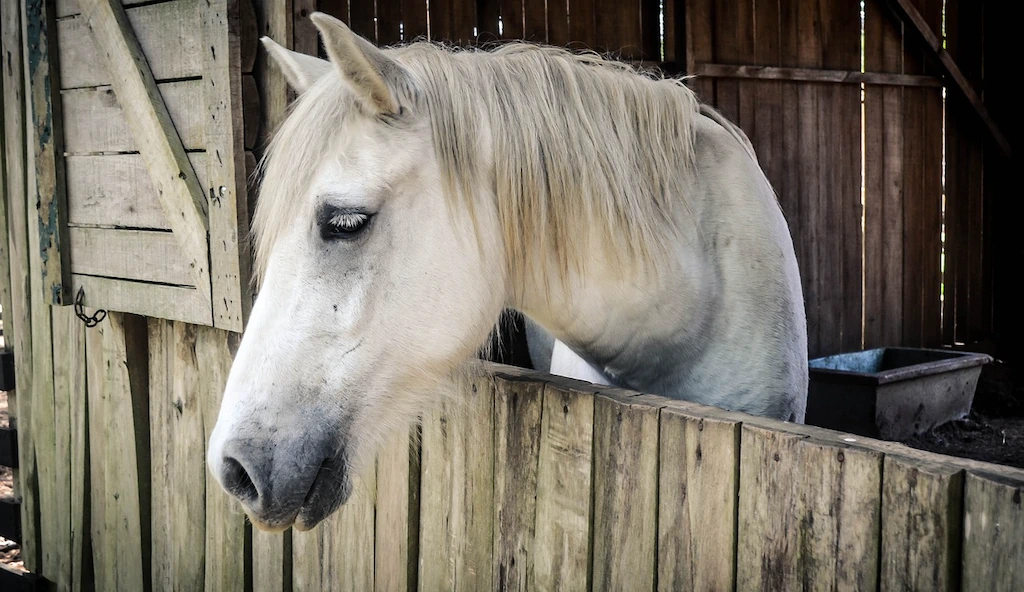Do you rush to the barn? Hurry around to get chores done, ride horses and complete lessons. Do you see other equestrians doing the same? How does our stress affect not only ourselves, but our horses and others around us? What can we do to reduce stress at the barn?
This is where the foundation of Compassionate Equitation comes in. What is compassion? The Merriam Webster dictionary defines compassion as the sympathetic consciousness of others’ distress, together with a desire to alleviate it. The mission of Compassionate Equitation is “compassion becomes the foundation for all decisions that an equestrian makes with regard to his or her horse and all people involved in the equine community. Through choosing compassion as the common ground for all decisions, equestrians can together become a movement for creating a kinder, happier, healthier, more compassionate world” (Schoen and Gordon, 2015, p. 6).
The foundation of the Compassionate Equestrian involves three components. The first foundational piece is the Charter of Compassion. The Charter of Compassion is a “movement to embrace the core value of compassion” (Schoen and Gordon, 2015, p. 6). An example of following the Charter of Compassion as it relates to everyday work with horses would be to ask “What is the most compassionate question to ask about this horse? When looking at the horse’s behavior, we need to see if it is coming from a source of pain, or an unmet need, rather than just concluding “they’re a bad horse”. We need to go beyond the thinking that a horse is being bad when they are refusing to do something we ask of them. Have we shown compassion by taking into account how the horse, another sentient being, feels at that moment? Could the horse be feeling pain that we may not recognize, which is why the horse is refusing to work? By focusing on compassion when working with horses, we honor the horse as a sentient being.
The second foundational component of the Compassionate Equestrian involves Transspecies Field Theory (TSPT). TSPT is understanding the interconnectedness of all beings. TSPT focuses on a dynamic, behavioral, energetic field that affects all of us who interact together (Schoen and Gordon, 2015, p. 7). Focusing on compassion when working with horses can have a positive impact on all at the barn.
Finally, the third foundational component is called Quiet Focused Intention (QFI). Quiet Focused Intention is spending a few minutes of intention or mediation on compassion for everyone before interacting with your horse. An equestrian who takes stress and tension into the barn could be “spooking” their horse (Schoen and Gordon, 2015, p. 113). Research has shown that spending ten minutes a day for two weeks on intention or mediation focused on compassion can make a person happier, which can lead to a happier horse and barn environment. (Schoen and Gordon, 2015, p. 8)
With these three foundational components of Compassionate Equitation, equestrians can share their life not only with their horses, but their equestrian community, in a compassionate way which can improve mental health and make the world a better place.
By Melissa Yarbrough, BCBA
Melissa Yarbrough, is a PATH Intl. CTRI®, driving instructor level III and associate evaluator, equine welfare committee member, and HERD Institute equine facilitated learning level II practitioner.
REFERENCES:
Schoen, Allen and Gordon, Susan. (2015). The Compassionate Equestrian: 25 Principles to Live by When Caring for and Working with Horses. Trafalgar Square Books.

